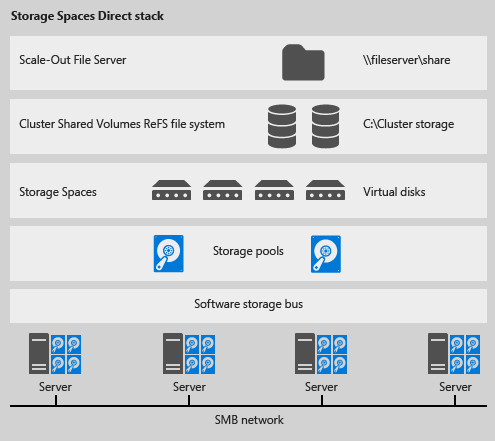

I’d suggest that you configure these directories when you are installing SQL Server. Run that, restart the instance, and then run our create database script again. , N'SoftwareMicrosoftMSSQLServerMSSQLServer'ĮXEC xp_instance_regwrite N'HKEY_LOCAL_MACHINE' In fact, after you make your change in the SSMS, hit the little button at the top that says ‘Script’ and check out what is being done behind the scenes: EXEC xp_instance_regwrite N'HKEY_LOCAL_MACHINE' The reason why is because the default locations are read from registry values. Turns out that setting the default database locations requires you to restart the SQL instance in order for those changes to take effect. Press OK, and we’ll run our create database script again (don’t forget to drop the original database first) to find this result set:
#Sql server file storage update#
Let’s update the setting to point to the new directories: It’s also important to note that storing your data and log files on the same disk is not a recommended practice. These changes will only apply to new databases created from this point forward. It is important to note that updating these locations will NOT migrate the current data and log files to the new directories. I will create two new folders (C:SQLData and C:SQLLogs) to store the data and log files for new databases. Which returns the locations of our data and log files, which we see are the defaults:Ĭhanging the default is easy enough, we can just update the file locations inside of SSMS. If we create a simple database we can verify that the files are written to these directories: CREATE DATABASE TestFileLoc You can see these properties for yourself by right-clicking on the instance name inside of SQL Server Management Studio (SSMS) and navigating to the ‘Database Settings’ tab: When you create a database in SQL Server and do not specify a file location for your data and log files SQL Server will rely on the default locations as defined in the server properties.


 0 kommentar(er)
0 kommentar(er)
